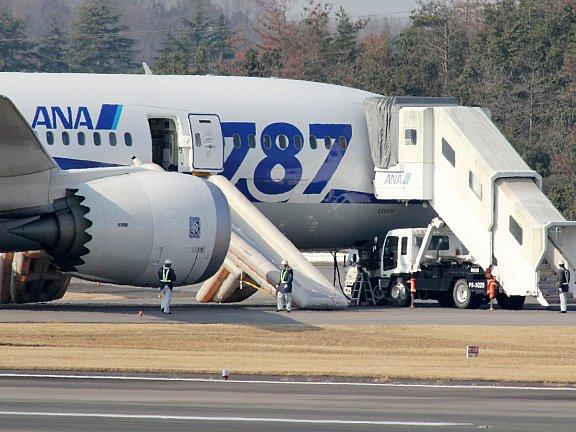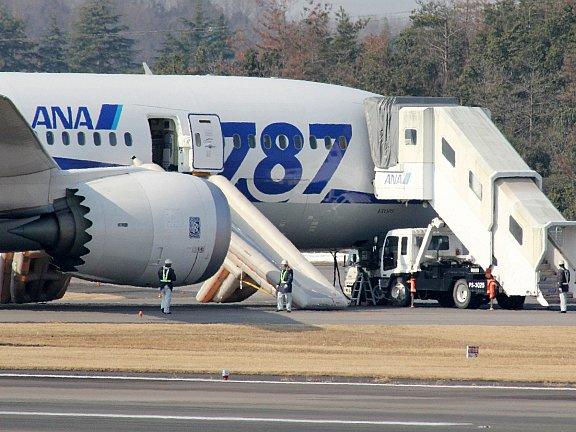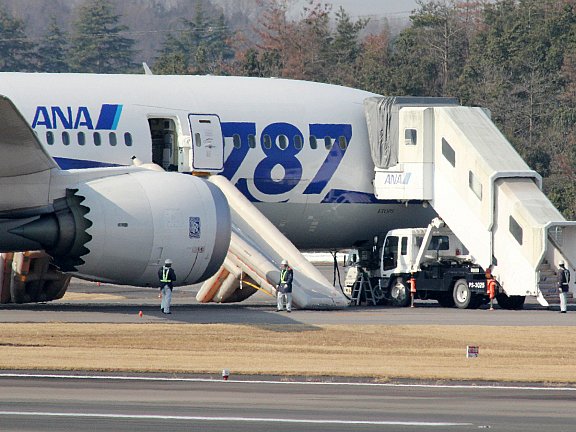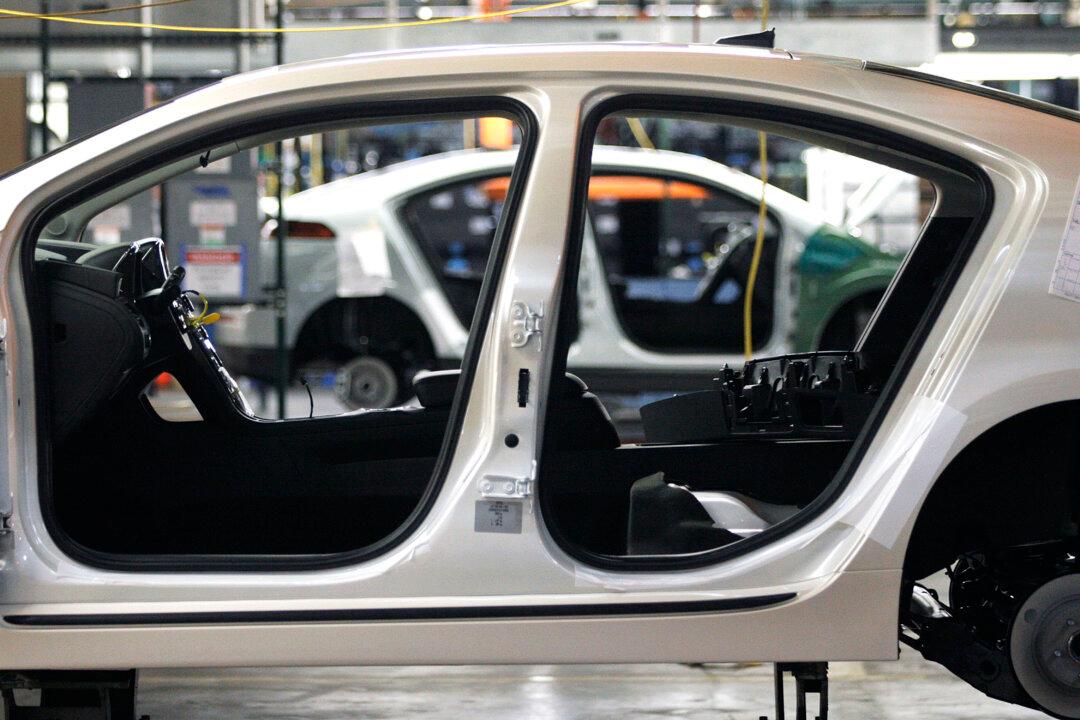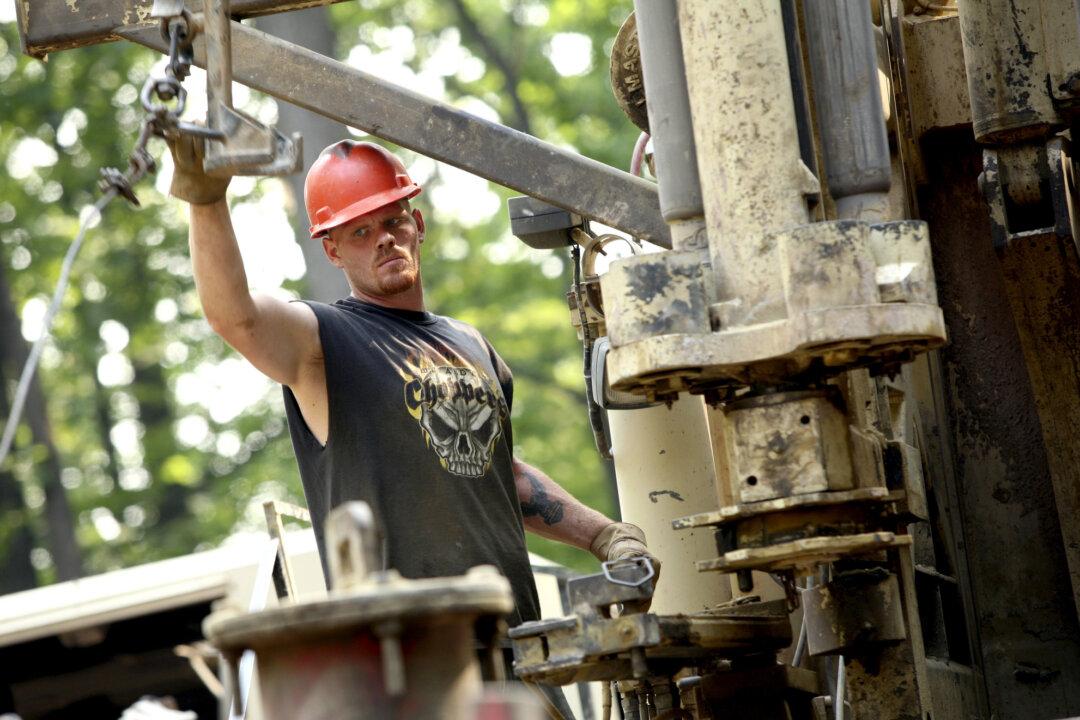Almost two months after a Federal Aviation Administration (FAA) directive grounded Boeing’s Dreamliner fleet, the company is moving forward. If Boeing successfully completes tests on a redesigned battery system the FAA will allow commercial flights of the Dreamliner again.
Global air traffic authorities grounded the 787 Dreamliner after several incidents with its lithium-ion battery, including a smoldering fire on an All Nippon Airways (ANA) flight.
The company scrambled to make amends and on March 12 the FAA approved a plan to test the redesigned battery system, a “first step” to get the global fleet of 49 planes flying again. The ban affected six United Airlines planes in the United States.
Boeing Chairman, President and CEO Jim McNerney said in a press release: “Today’s approval from the FAA is a critical and welcome milestone toward getting the fleet flying again and continuing to deliver on the promise of the 787.”
Boeing’s promise to global airlines was fuel efficiency. To design a more fuel-efficient aircraft—Boeing claims the 787 consumes 20 percent less fuel than its competitors—engineers needed to drastically reduce its weight. One of the measures taken was to reduce the use of hydraulic systems and substitute them with electric ones, which weigh less.
For example, the Dreamliner uses an electrically powered system to control cabin airflow. If all systems are running, the electricity comes from a special turbine at the rear of the aircraft. The batteries under review are for emergency or backup purposes.
Lithium-ion batteries, commonly used in cellphones and laptops, are more likely to catch fire or otherwise malfunction than the traditional nickel-cadmium batteries. However, lithium-ion batteries provide more efficient electrical storage in less space and they weigh less. They are well suited to the Dreamliner because the main selling point is fuel efficiency.
The FAA, which allowed live testing on two aircrafts, said it will make sure the batteries are safe before the Dreamliner can return to commercial service. “This comprehensive series of tests will show us whether the proposed battery improvements will work as designed,” Transportation Secretary Ray LaHood said in a statement.
